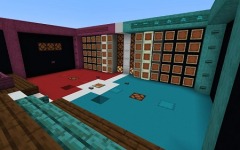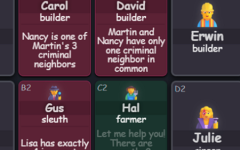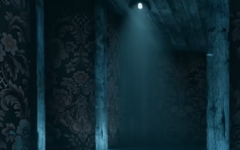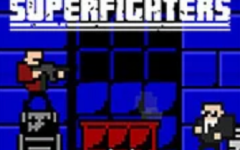Advertisement
Sunset Beach
Advertisement

Sunset Beach is a short, atmospheric game where the player takes on the role of a temporary worker hired to assist with setting up a beachside festival. The opening moments are quiet and straightforward: placing decorations, arranging beach furniture, and completing small errands. The game’s setting—a calm coastline during the late afternoon—creates an initial sense of routine. But the more the player engages with the environment, the more apparent it becomes that something is out of place, even if no clear threat is present.
Gradual Disruption of Normalcy
What begins as a simple task list slowly transforms into a disorienting experience. The lighting shifts almost imperceptibly. Familiar sounds become distorted or vanish altogether. The beach, which initially felt open and harmless, takes on a strange tone. The game doesn’t rely on obvious horror elements. Instead, it removes comfort one detail at a time. Objects might be misplaced, tasks might glitch slightly, or background elements might loop incorrectly, creating a subtle layer of confusion.
Gameplay Mechanics and Flow
The structure of Sunset Beach is simple. Players move around the beach completing a series of tasks that push the story forward. There are no enemies, no dialogue, and no branching choices—only a single path that ends when the player finishes the list. Most of the tension comes from how the environment reacts to the player’s progress, especially during the final task, which signals the transition into the game’s brief horror climax.
Gameplay highlights include:
- Walking-based exploration across a contained beach area
- Object interaction focused on placement and retrieval
- A minor fetch quest involving a missing cat
- Changing audio and visual elements based on task completion
- A brief scripted scare that ends the experience
Atmosphere Over Explanation
Sunset Beach doesn’t explain its events, and that silence adds to its effect. The final moments deliver a brief shock, but the main discomfort comes from the slow shift in atmosphere. The game’s short runtime—usually under fifteen minutes—makes it easy to replay, though the outcome remains the same. What changes is the player’s awareness of what’s coming, and how early they begin to notice the subtle signals of disruption.
Through its quiet pacing and controlled design, Sunset Beach uses repetition and expectation to unsettle the player. The absence of overt narrative gives the player space to interpret the experience in their own way, making it a small but memorable entry in minimal horror storytelling.






















































































































































